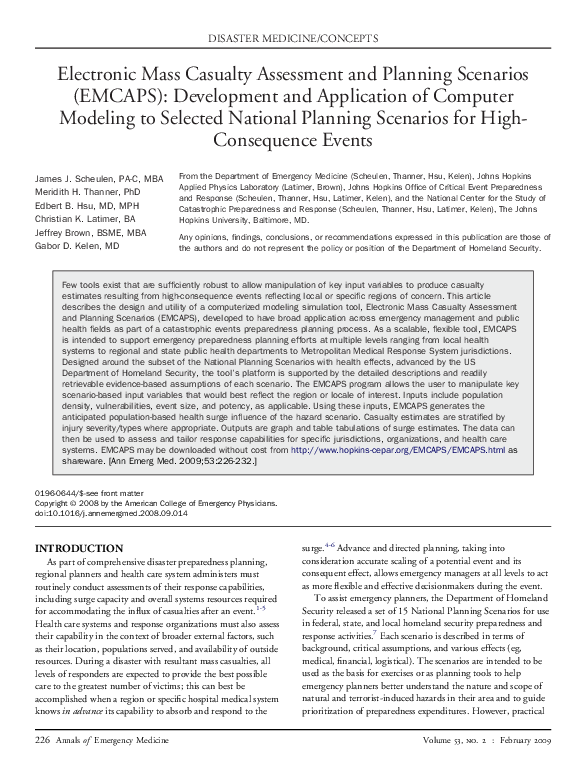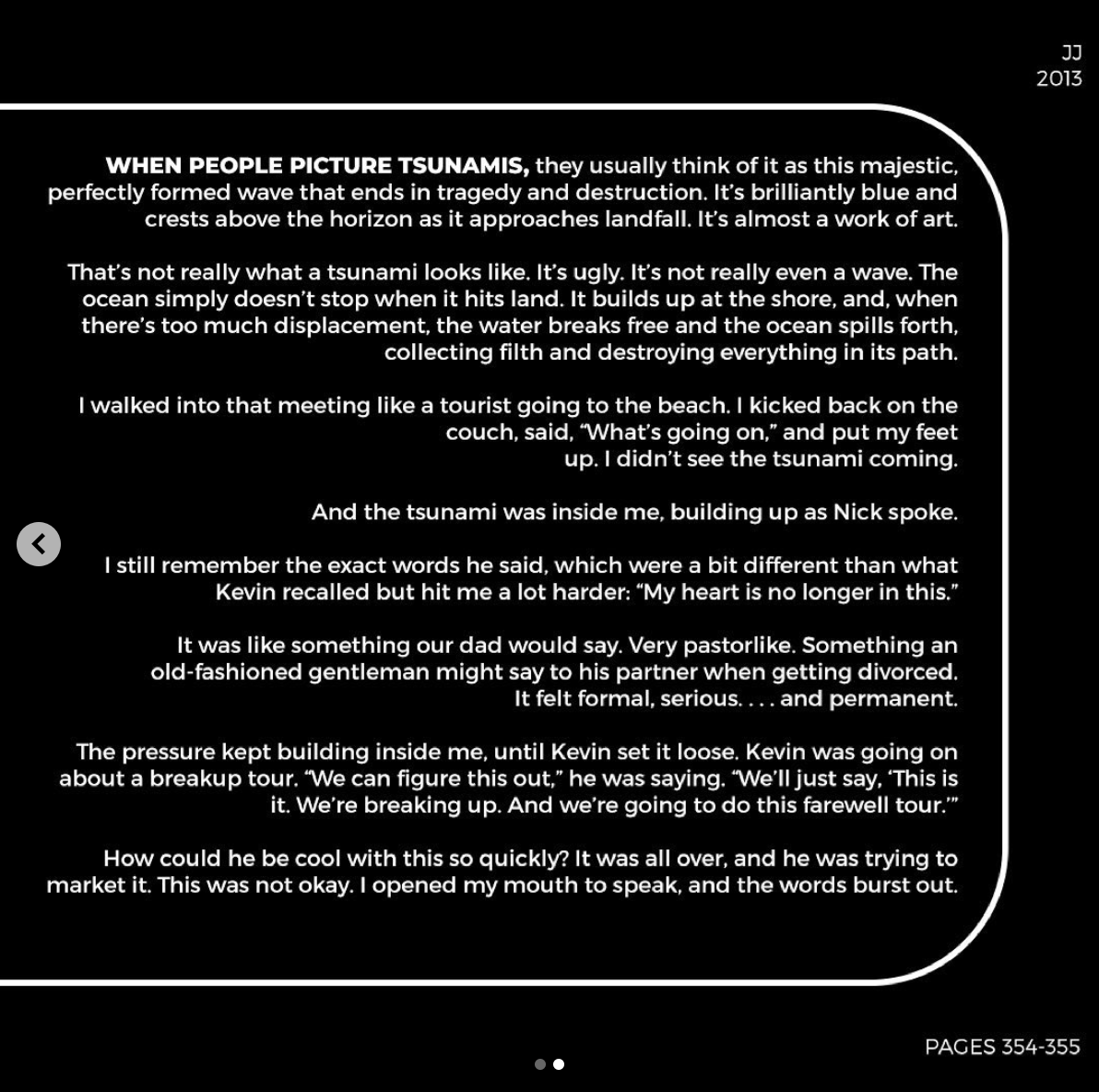Game Development Cuts: Accessibility Is A Casualty

Table of Contents
The Business Case for Accessible Game Development
Ignoring accessibility in game development is not just ethically questionable; it's bad business. By prioritizing inclusivity, studios can unlock significant revenue streams and cultivate a positive brand image.
Reaching a Wider Audience
The gaming community encompasses a diverse range of players, including millions with disabilities. This demographic represents a significant untapped market with considerable purchasing power.
- Significant Purchasing Power: Gamers with disabilities are active consumers, eager to engage with games that cater to their needs. Ignoring this market segment represents a substantial loss of potential revenue.
- Successful Examples: Games like The Last of Us Part II and Forza Horizon 5 have garnered praise for their robust accessibility features, demonstrating the positive impact of inclusive design on market reach and player satisfaction. These titles demonstrate that prioritizing accessibility isn't just the right thing to do; it's good business.
- Positive Brand Image & PR: Demonstrating a commitment to accessibility builds a positive brand reputation, attracting players who value inclusivity and fostering strong player loyalty. This positive PR can significantly outweigh the initial investment in accessibility features.
Legal and Ethical Considerations
Beyond the business case, developers have both legal and ethical obligations to ensure their games are accessible.
- Legal Requirements: Legislation like the Americans with Disabilities Act (ADA) in the US mandates reasonable accommodations for people with disabilities, and similar laws exist in other countries. Failure to comply can lead to legal challenges and substantial financial penalties. This is especially relevant for studios creating games for public spaces or using online platforms.
- Ethical Responsibility: Game developers have an ethical responsibility to create inclusive gaming experiences that are enjoyable and playable by everyone, regardless of ability. Excluding a significant portion of the population based on their disability is ethically indefensible.
- Reputational Damage: Ignoring accessibility can result in significant reputational damage, alienating potential players and harming the studio's brand image. Negative press and social media backlash can severely impact sales and long-term success.
Common Accessibility Features Cut First
Budget constraints often lead to the elimination of essential accessibility features. Understanding which features are commonly cut allows for proactive measures to prioritize them.
Subtitles and Captioning
Accurate and timely subtitles and captions are critical for hearing-impaired players. However, they are often among the first features to be sacrificed during budget cuts.
- Limitations of Automatic Captioning: Automatic captioning frequently produces inaccurate and incomplete results, hindering gameplay understanding and immersion. Professional transcription is essential for accurate and reliable subtitles.
- Impact of Missing Subtitles: Missing or inaccurate subtitles significantly impair a deaf or hard-of-hearing player's ability to engage with the game, potentially rendering it unplayable.
Controller and Input Options
Customizable control schemes and alternative input methods are crucial for players with physical disabilities.
- Adaptive Controllers and Alternative Input: Adaptive controllers and alternative input methods, such as voice control and eye tracking, open up gaming to players with limited mobility or dexterity.
- Excellent Controller Customization: Games with well-designed controller customization options, allowing players to tailor their controls to their individual needs, are essential for broad player inclusivity.
Visual and Auditory Cues
Clear visual and auditory cues, customizable to individual needs, are essential for a fully inclusive gaming experience.
- Colorblind Modes and Audio Cues: Colorblind modes are vital for players with color vision deficiencies, while clear audio cues are necessary for visually impaired players to navigate and understand the game world.
- Robust Customization: Games that offer comprehensive customization options for visual and auditory settings are more accessible and inclusive.
Accessibility Menus and Settings
Well-designed accessibility menus are crucial for ease of use. Poorly designed menus can render even the most comprehensive accessibility features unusable.
- Clear and Concise Labeling: Accessibility menus need clear and concise labeling, allowing players to quickly and easily find and adjust the settings they need.
- Intuitive Navigation: Intuitive navigation within accessibility menus is crucial, allowing players to easily locate and modify settings without frustration.
Strategies for Prioritizing Accessibility Despite Budget Constraints
Prioritizing accessibility doesn't require a massive budget increase. Strategic planning and resource utilization can effectively address accessibility concerns even within budget limitations.
Planning Accessibility Early
Integrating accessibility features from the outset of development is far more cost-effective than attempting to add them as an afterthought.
- Accessibility Checklists and Guidelines: Using accessibility checklists and guidelines during the design phase helps integrate accessibility considerations from the project's inception.
- Involving Accessibility Experts: Involving accessibility experts early in the development process can prevent costly mistakes and ensure that accessibility is appropriately integrated into the game's design.
Utilizing Accessible Game Engines and Tools
Modern game engines and tools often include built-in accessibility features that simplify the development process and reduce costs.
- Engines with Built-in Features: Game engines like Unity and Unreal Engine offer a range of features to facilitate accessibility implementation.
- Accessible UI Toolkits: Utilizing accessible UI toolkits can significantly streamline the creation of user interfaces that meet accessibility standards.
Community Collaboration and Feedback
Community feedback is invaluable for identifying and addressing accessibility issues.
- Open Communication with Accessibility Advocates: Open communication with accessibility advocates and disability communities can provide vital insights into accessibility needs and potential issues.
- User Testing with Players with Disabilities: User testing with players with disabilities is a cost-effective way to identify and resolve accessibility problems early in the development cycle.
Conclusion
Neglecting accessibility in game development is not only ethically wrong but also financially unwise. By prioritizing game development accessibility, studios can reach a wider audience, cultivate a positive brand image, and avoid potential legal and reputational risks. The strategies outlined above demonstrate that creating inclusive gaming experiences is achievable even with budget constraints. Let's commit to creating truly inclusive gaming experiences by prioritizing game development accessibility in every project. Learn more about creating accessible games by exploring resources like the Game Accessibility Guidelines and engaging with the accessibility community online.

Featured Posts
-
 Cambridge And Somervilles Hottest Week Viva Central Hot Sauce Festival And Open Studios
May 23, 2025
Cambridge And Somervilles Hottest Week Viva Central Hot Sauce Festival And Open Studios
May 23, 2025 -
 Emergency Airlift Saving Cows In A Remote Swiss Village
May 23, 2025
Emergency Airlift Saving Cows In A Remote Swiss Village
May 23, 2025 -
 How Joe Jonas Dealt With A Couple Fighting Over Him
May 23, 2025
How Joe Jonas Dealt With A Couple Fighting Over Him
May 23, 2025 -
 Instituto Convocatoria Y Alineacion Probables Para Enfrentar A Lanus
May 23, 2025
Instituto Convocatoria Y Alineacion Probables Para Enfrentar A Lanus
May 23, 2025 -
 Paradan Tasarruf Eden 3 Burc Kimler
May 23, 2025
Paradan Tasarruf Eden 3 Burc Kimler
May 23, 2025
Latest Posts
-
 Jonathan Groff And Just In Time A Tony Awards Prediction
May 23, 2025
Jonathan Groff And Just In Time A Tony Awards Prediction
May 23, 2025 -
 Jonathan Groff Could Just In Time Make Tony Awards History
May 23, 2025
Jonathan Groff Could Just In Time Make Tony Awards History
May 23, 2025 -
 Jonathan Groffs Just In Time Performance A Tony Awards Prediction
May 23, 2025
Jonathan Groffs Just In Time Performance A Tony Awards Prediction
May 23, 2025 -
 Jonathan Groffs Potential Tony Awards History With Just In Time
May 23, 2025
Jonathan Groffs Potential Tony Awards History With Just In Time
May 23, 2025 -
 Could Jonathan Groff Win A Tony For Just In Time Analyzing His Chances
May 23, 2025
Could Jonathan Groff Win A Tony For Just In Time Analyzing His Chances
May 23, 2025
